Building an airplane from a kit or plans is a sizable project that’s bound to take months—and more likely years—to complete. But some folks want even more of a challenge. Not content with just building, they want to design an aircraft, too.
Dave Thatcher is that kind of guy. A longtime A&P with Inspection Authorization, he designed the Thatcher CX4 [KITPLANES, March 2011] in his early 70s. A few years later, after completing the prototype, he showed up at AirVenture, and his good-looking, economical, single-seat taildragger was an instant hit. Although Dave built the CX4 strictly for his own enjoyment, he was bombarded with requests for plans. He returned home, cleaned up his original drawings, and began selling plans, along with a few hard-to-make parts such as the molded canopy and welded controls.
Dave Thatcher’s first design was the single-seat CX4 (left). It was well received, but many people want two seats, so Dave followed up with the CX5 (right).
As of the end of 2015, there are over 600 CX4 builders in 20 countries, and Dave is aware of 49 CX4s that have flown. But not everyone wants a single-place plane. Ever since the prototype was finished in 2004, Dave has received requests for a larger version of the CX4. About five years ago, he began working on a two-seat tandem LSA, the CX5. Available as a taildragger or with tricycle gear, the aircraft is powered by an 85-horsepower Revmaster R-2300 engine.
With the design work complete, Dave started building the CX5 fuselage frame. But being over 80 years old, he soon had doubts that he could finish it. That’s when I entered the picture. In late 2011, I began helping Dave construct the prototype CX5.
Why Me?
I had known Dave and his reputation at a distance for many years, but I was just getting back into flying after a 17-year hiatus to raise my kids. I was in phase retirement from being a college professor at the time, so I told Dave I’d help him for a few hours a couple of days a week. I ended up helping him much more than that, and when I fully retired, I helped him every weekday until the aircraft was completed.
The initial plan was for Dave and I to build two CX5s—one for his company and one for me. About halfway through, Dave decided that he would not be flying anymore (his love is designing and building anyway), so we worked out a deal such that I could buy the CX5 and, in return, I could promote it however I wanted. Dave is a very gracious person; I got a good deal on a plane that I had a big hand in constructing, and he got a test pilot and promoter.
I had not really thought out the test pilot part of our agreement ahead of time and, to be honest, it did cause me some anxiety. But my faith in Dave and his design skills enabled me to test-fly the CX5 without undue stress. Still, the first flight was a bit of a challenge, even though the plane flew very nicely and no major adjustments were needed. According to Dave, the CX4 prototype had flown the same way on its first flight.
Building the Wings
When I first got started working with Dave, I couldn’t help but wonder whether or not I was up to the task. I had worked on mechanical things all my life, but had never driven a rivet or worked with sheet metal. In any homebuilding endeavor there are hurdles that must be overcome. One doubts oneself, and that is normal. I wondered if I could develop the new skills this project demanded. I also knew that I would find out only by trying. And since others had succeeded, I jumped in.
The first day of work, Dave showed me how to trace rib material and cut out ribs. I cut ribs out of flat metal for several days. Fortunately, Dave had designed the ribs to all be the same except for the tapered wingtip, so the process was repetitive; I would find that there are many repetitive processes in building a homebuilt airplane. That repetition saved a lot of time though, and the ribs were eventually cut out. I now had a stack of aluminum, all with the same shape and thickness, except for a few ribs that had to be cut out of thicker material to support the wing tanks. It didn’t look like much, but I was proud. I had expected to be proud upon completion of the entire airplane, but was pleasantly surprised that, along the way, I would have many moments where I smiled both inside and out.
Next, Dave showed me how to cut out form blocks—and it was surprisingly easy. Take the full-sized plans and lay them over the 1×12-inch wood boarding. Then tape the plans securely in place and, with an awl, punch very small holes through the plans into the wood, tracing the rib outline and keeping the spacing close together. Removing the plans is a simple task, as is tracing dot to dot to get the outline of the form block. After this, cut it out on the bandsaw, round the edges, and you are ready to make ribs. Dave went to great lengths to make his planes easy to build using simple shop tools, most of which guys already have around: a small bandsaw, a good vise, a small air compressor, a drill or two (we found the cordless type to be particularly useful), screwdrivers, and wrenches. The entire plane was built using a simple 4×12-foot workbench made out of 2x4s and plywood with a 3×3-inch angle iron edge attached for bending metal. When people visit our shop, they are amazed just how low tech it is. I even have a YouTube video tour of our shop so you can see just how little is needed to build a Thatcher airplane. The only elaborate tool we used was a rented brake from Home Depot to bend some of the trailing-edge pieces. We were done with it within an hour, and it cost very little to rent for half a day.
After cutting out the form blocks, I pounded out ribs with a rubber mallet for days. This was completed by placing the ribs between two form blocks, placing bolts through the alignment holes, and then bending the edges over slowly, making many passes with the mallet until getting a nice 90-degree edge. It was amazingly simple—and repetitious. Soon, I had a stack of ribs for both wings. I could now see the outline my wing would have. It was another proud moment.
The rest of the wing-building process proceeded the same way. Cut pieces according to plans and assemble the pieces as shown in the plans. Align everything. Double-check the alignment. Assemble with Clecoes. Check the alignment again. Mount the ribs to the spar. Check alignment. Stand back and admire the wing that is gradually taking shape—a wing that you will fly one day. Remember to take a picture of the smile that will be on your face.
On that note, a word of encouragement: Piece after piece, an aircraft wing will take shape. Take your time. If you don’t like a piece you cut out, make another—metal is cheap. But don’t fret if your work isn’t perfect; I recommend you strive for perfection and get it as close as you can. You will be surprised how close you can come and how much better you will get during the build process. You will also get faster and learn to not fret over all the things you did when you were starting out. By the end of the build, you will look back and be amazed at your progress—and at your accomplishments. You will also wonder why you doubted if you could do it in the first place. The first time I felt this was when the first wing was completed. It was a definite high point for me. It was the first wing I had ever built, and it was a wing I would actually fly. Suddenly, all those days of cutting and pounding ribs seemed like mere flashes of memory. I had a wing!
Building the Fuselage
The tail feathers and ailerons went really fast—much simpler than the wings. The fuselage took longer. While I was building the wings, Dave was building the fuselage frame and mounting the landing gear, engine, controls, windshield, radios, and instruments. It was then time for me to start skinning the fuselage.
The fuselage was a much more complex process than the wings because of the shapes involved in the tapering fuselage, but I had developed my skill level so it worked out well. I simply used stiff paper to make full-sized templates for each panel and started at the rear so each new panel could overlap the prior panel.
With side skins, windshield, vertical stabilizer, and rudder in place, the CX5 begins to assume its final shape.
One day at a time. I took my time and used Clecoes to get the skin just right before riveting. I was always afraid of ruining a panel somehow by mis-drilling or whatever but, to my amazement, I never did. I did make a few mistakes on some smaller metal parts, but I found that if you make a mistake and ruin a piece, you can nearly always put it aside and cut a smaller piece out of it later, reducing waste.
I also learned that, with few exceptions, one could even mis-drill a rivet and fix it later by drilling the correct hole and filling the extra hole with a rivet. Thankfully I only had to do this once or twice, and only in non-critical areas. I also learned that rivets are strong. I used stainless steel ones, but the plans call for aluminum—easier to drill out and plenty strong enough, Dave says. I felt certain the plane would fly just fine with only half the rivets installed but, of course, I wouldn’t be doing steep turns. The point is, the Thatcher CX5 is overbuilt.
Fuselage side panels have already been drilled, but are riveted on last for easy access to the cockpit during construction.
At this point, the days went by slowly—lots of repetition. I fell into a routine, but the accomplishment of each day—a new side panel, a finished vertical fin, the attachment of the landing gear—made some days quite rewarding. I must admit though, for a long time the first flight was a very distant fantasy—as they say, “In a galaxy far, far away.” I would also say that the first flight just might sneak up on you. It is true that when you think you are 90% done, you are really only half done, but you get busy at the end of the build, and the first thing you know, it is time to get the plane inspected and take that first flight.
First Flight
I was not paid for my work while building the CX5 prototype, so Dave allowed me to fly the CX4 prototype all that I wished. It had recently been converted to a nosewheel, so it was configured the same way as the CX5 prototype. I put over 200 hours on it during the construction of the CX5, and it was a superb way for me to get back in the groove of flying after a 17-year break.
So there I sat, a retired college professor, one day before my 66th birthday and 110 years to the day after the Wright brothers made their historic first flight on December 17, 1903. I was strapped into a prototype—not a kit or proven aircraft—wondering just how I had become a test pilot. I have thousands of hours in multiple aircraft, but I had only flown the single-place CX4 during the previous two years. I knew that the CX4 was a very predictable aircraft, stable and easy to fly, with no bad traits at all. But I had no way of knowing if the prototype CX5 would behave the same way.
I started with some high-speed taxiing, made one intended liftoff, and was ready to go. I pushed in full power, raised the nose a smidge at 40 mph and waited to rotate at about 55. Too late—I was off and climbing at over 1300 fpm at 50. What a ride—and all on 85 hp. It felt like it was well over 100 hp.
I immediately noticed the visibility was fantastic, the best of any of the 60 aircraft I have flown. I arrived at pattern altitude, 1000 feet agl, well before the end of the 7000-foot runway. Leveling off and letting the speed build, I quickly passed 100 mph and had to throttle way back. What a performer!
My glide to landing was normal, and the flare was, too. The landing was smooth, and directional control was straight as an arrow. What a great design! Dave and I both smiled really big all the way home.
Of course, if you build a Thatcher airplane, you will not have to test-fly a prototype as I did. To prepare, I read the book, Flight Testing Homebuilt Aircraft by Vaughan Askue and found it very useful, even as an experienced pilot. Flight testing requires a different perspective, and this book will help you adjust to that perspective.
Flying the CX5
The CX5 is a simple, straight flying aircraft with no frills. If there is one word that describes how it flies, it is honest. It does what you ask it to do effortlessly and without complaint—no more, no less. It has very good control response, but is in no way overly sensitive. Just using your fingertips will suffice for minor corrections. Steep turns require exactly the amount of control force pilots dream about, and therefore, it is very intuitive to fly.
Beginning pilots find that the CX5’s differential ailerons make turns easy. I have flown turns with aileron only and with rudder only, which can be seen on YouTube, but when used together, a turn becomes a thing of joy. When my non-pilot passengers make their first turns ever, they smile from ear to ear; experienced pilots smile even more. The CX5 flies the way a small general aviation plane ought to fly, but many don’t. That is because the design is elegant, not only in how it looks, but also in its aerodynamics. It is a well thought out design.
The rudder is large enough to counteract the torque on takeoff, and the offset fin and small rudder tab keep the ball centered at cruise. Elevator forces are light, but not twitchy, and there is plenty of elevator to keep the nosewheel off the runway after touchdown, all the way down to 30 mph or so if desired. I find a nice touchdown speed is a bit above a stall, at about 50 mph.
The CX5 is stable in all three axes, so hands-off on cross-countries is easy; trim for both elevator and aileron really helps. The plane has 10 gallons useable fuel in each wing, but even with one tank empty and one full, a nudge of aileron trim levels things up. I fly for months and never touch the aileron trim.
The CX5 climbs well over a wide speed range. One can climb anywhere from 60 mph up to cruise with no problems. At lower speeds some rudder is needed but, above 75 mph or so, it is very slight and decreases to zero at cruise. Stalls are a nonevent, with solid nibbles and then a mush into a sink. A slight release of back pressure, and it is flying again immediately—it is very well behaved.
The CX5 is stable in pitch; it resumes normal flight speed after an oscillation or two, depending on speed. It is stable in bank with only a slight overbanking tendency in very steep turns. In terms of stability it flies much like a Cessna, but is more responsive and much lighter on the controls. It is a clean airplane, and it attains a glide ratio of 13:1, so it will glide much farther than, say, a Cessna at 8:1. The CX5 will float in ground effect if any excess speed is used during flare. Like the CX4, this means the approach speed is quite slow so, at first, some guys come in too fast and float quite a bit. To remedy this, one can side slip the plane or use the electric speed brake on the belly, activated by a momentary switch. It takes three seconds up or down, and there is a green light on the panel for up and a red light for down. It doubles the descent rate with only a small pitch change. I like to leave the speed brake down at fly-ins just because it is cool looking. The clean aerodynamic lines also allow for speed to build quickly downhill, so one can start descents far away from the airport and get a big bump in speed while descending.
The CX5 is clever in many ways, but the wing design really stands out. It’s tapered in aerodynamic terms, but all of the main ribs are the same for ease of construction. The taper is achieved by the aileron alone being tapered. The wingtips taper even more and become thinner as the bottom side tapers up to the tip. It’s an elegant design, yet quite simple to build.
All of these features make the CX5 efficient—both to build and to operate. I have never flown an aircraft that does so much on so little fuel. It is a genuine two-place airplane that is comfortable for two big guys. Oh, and it is a gorgeous airplane to boot.
Long-Term Evaluation
After more than 325 hours spread over about 300 flights, the CX5 has proven to be very reliable and comfortable. Routine engine maintenance consists of oil and filter changes (Valvoline Racing oil 20W-50) and valve adjustments, which are quick and easy. The engine has never missed a lick and seems even more powerful after break-in. I often fly at 20 inches manifold pressure (about 60-65% power) and cruise around 100 mph just sipping fuel. I climb at 24-25 inches m.p. so as not to run over the C-172s in the pattern. I use a mixture of 70% 91-octane no-ethanol auto fuel and 30% 100 LL. I simply oil the control surfaces twice a year, wash the plane, check the tire pressure, and fly nearly every day at sunrise.
The Bottom Line
To date, over 60 sets of CX5 plans have been sold, and several customer-built projects are expected to fly this year. The aircraft is a roomy two-place tandem with awesome visibility and a powerful, inexpensive engine. It cruises fast; lands slow; is easy to fly, yet responsive; and is available with tricycle or conventional gear. It can be built from plans with simple hand tools for under $25,000, including the Revmaster R-2300 engine. Pre-drilled kits are also available (at extra cost), and builder support is excellent. No wonder it’s been called one of the best-kept secrets in homebuilt aviation.
For more information visit cx4community.com, call 850-712-4539, or send email to: [email protected]. There are also over 50 CX5 videos on YouTube.

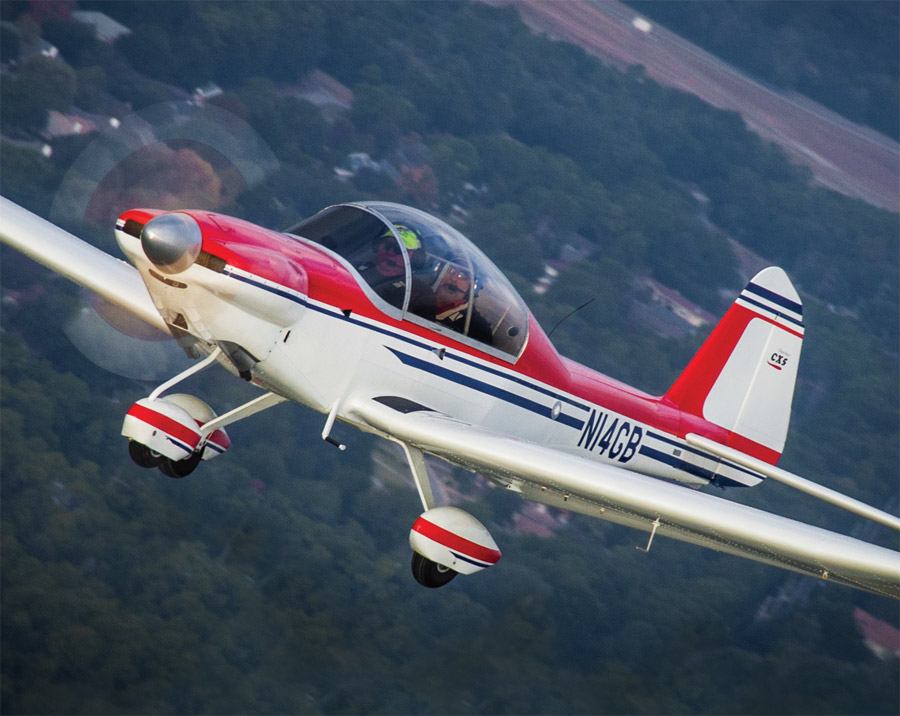
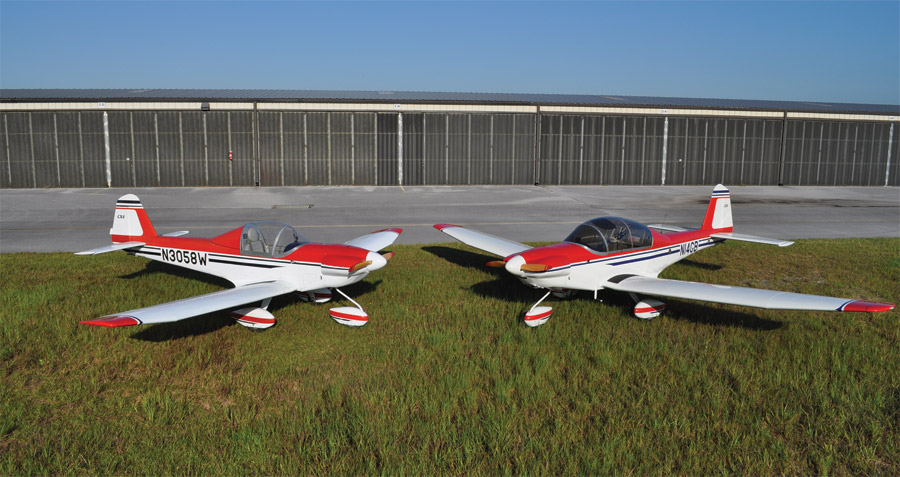

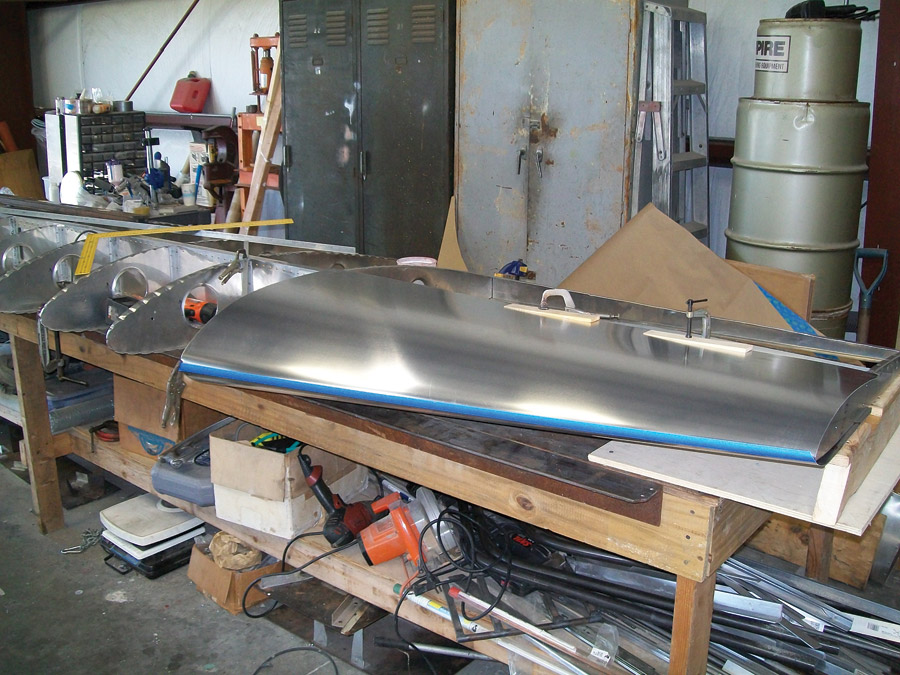
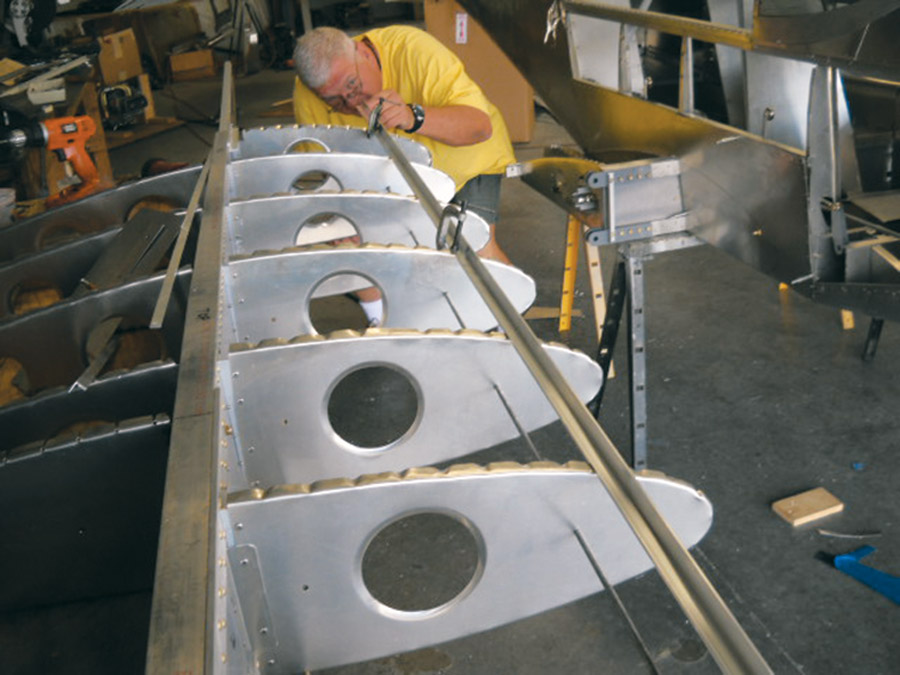
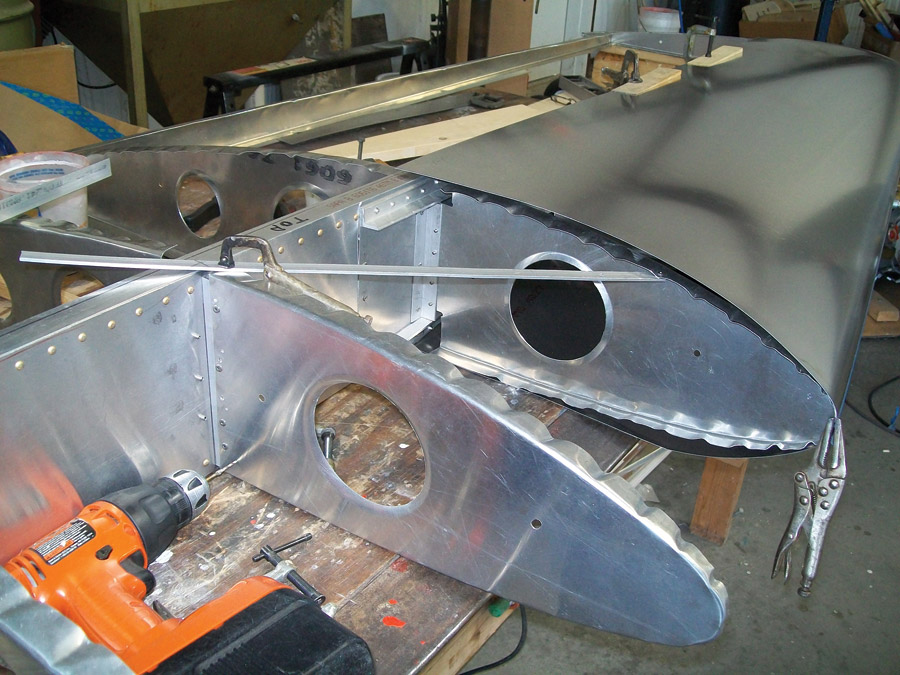
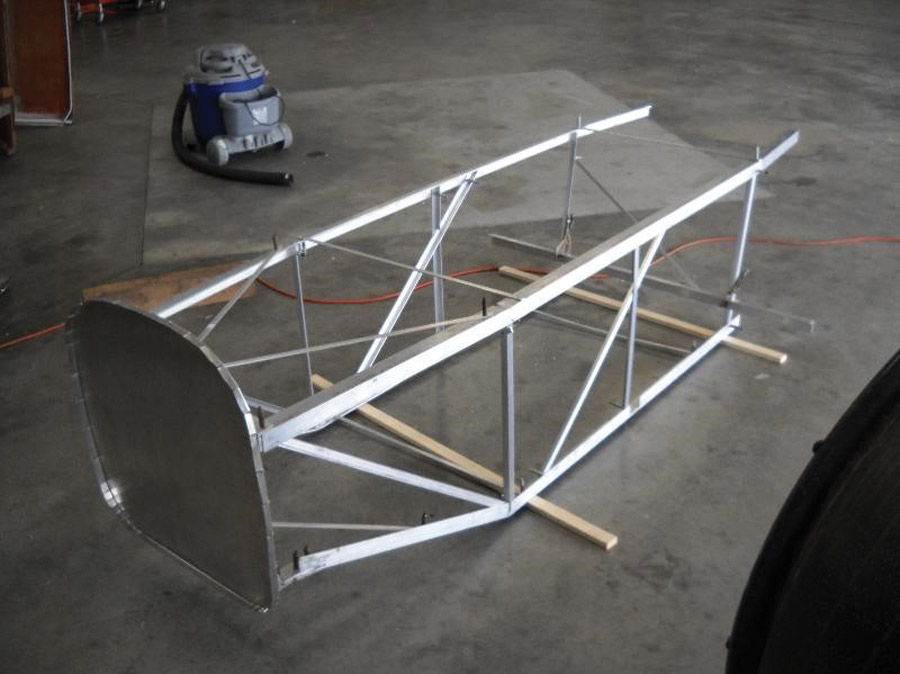
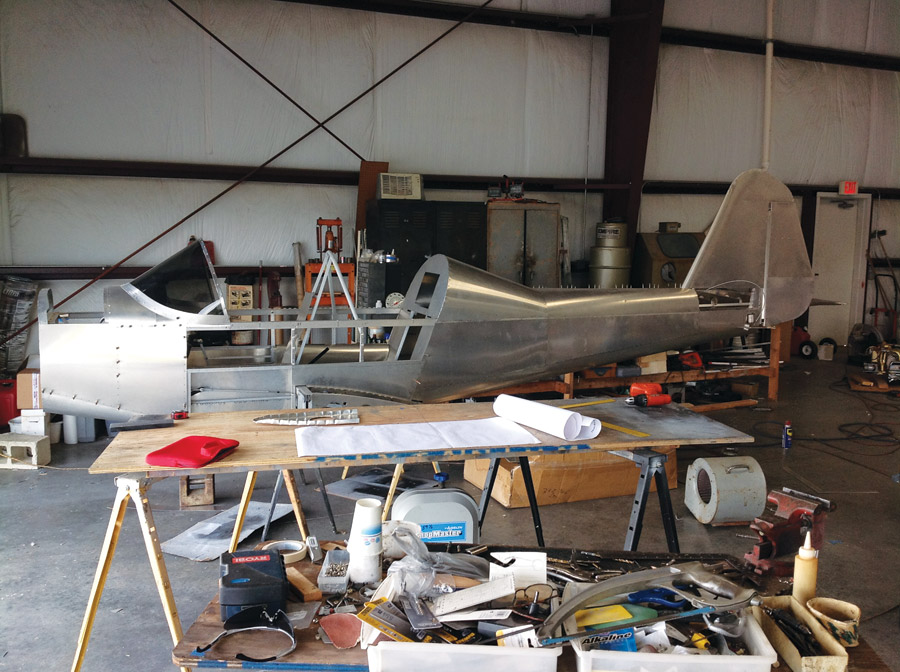
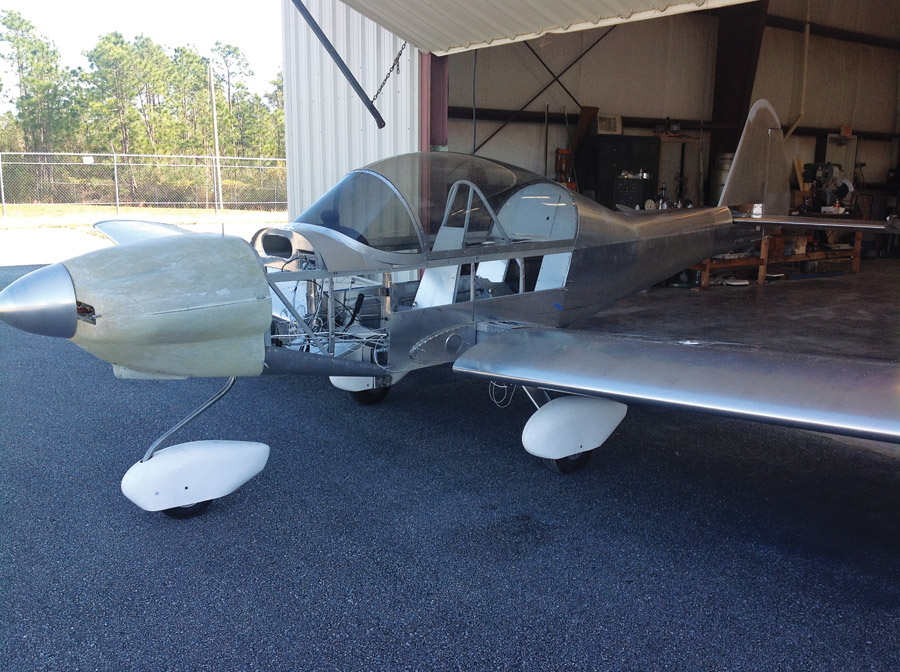

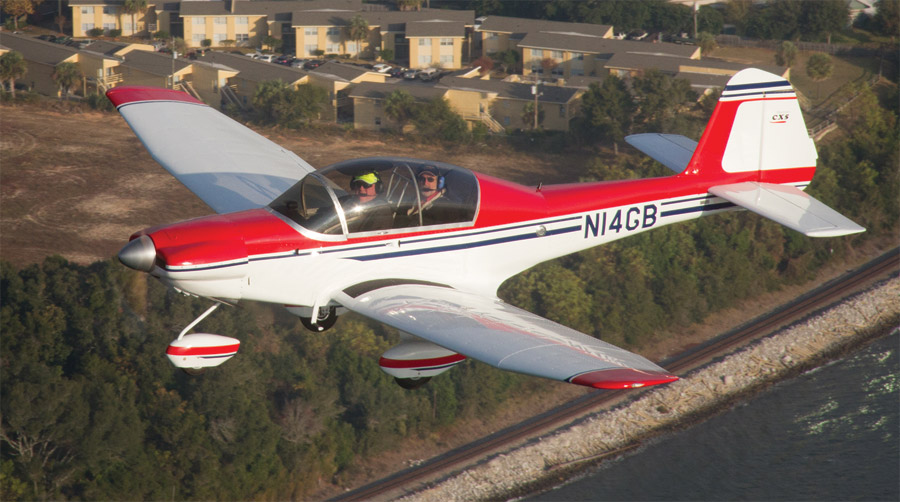

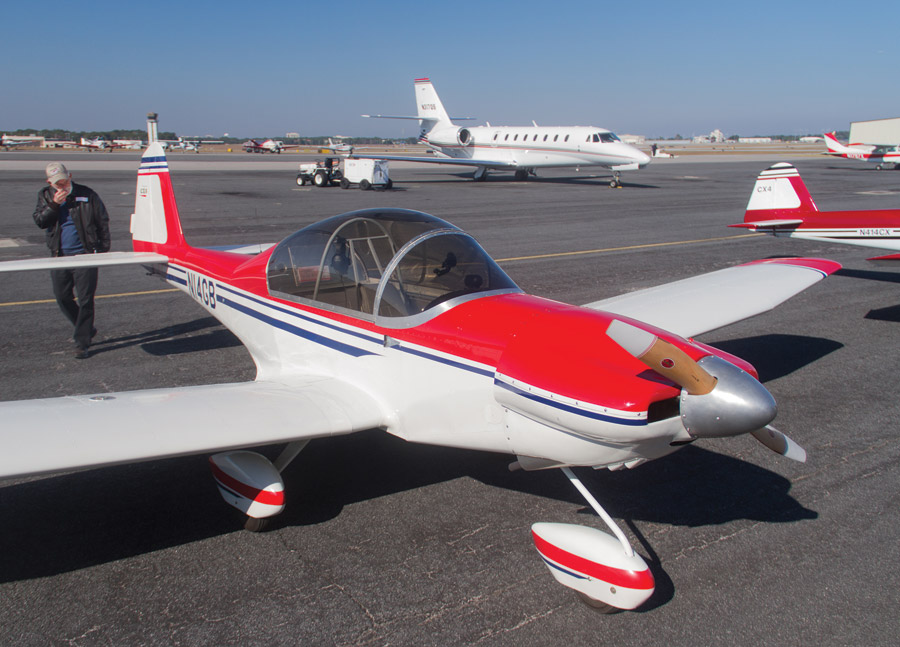

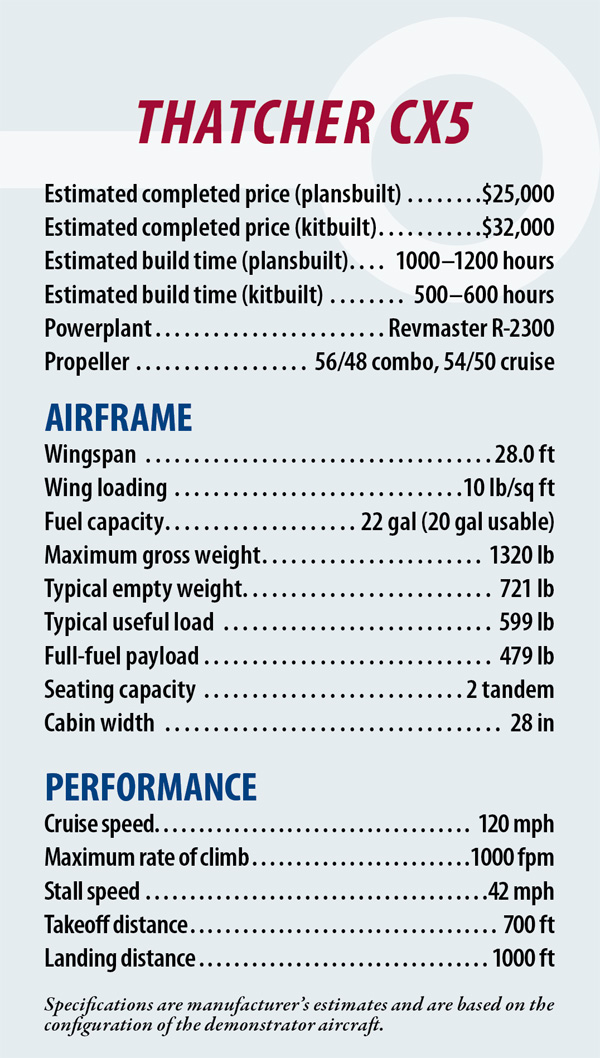
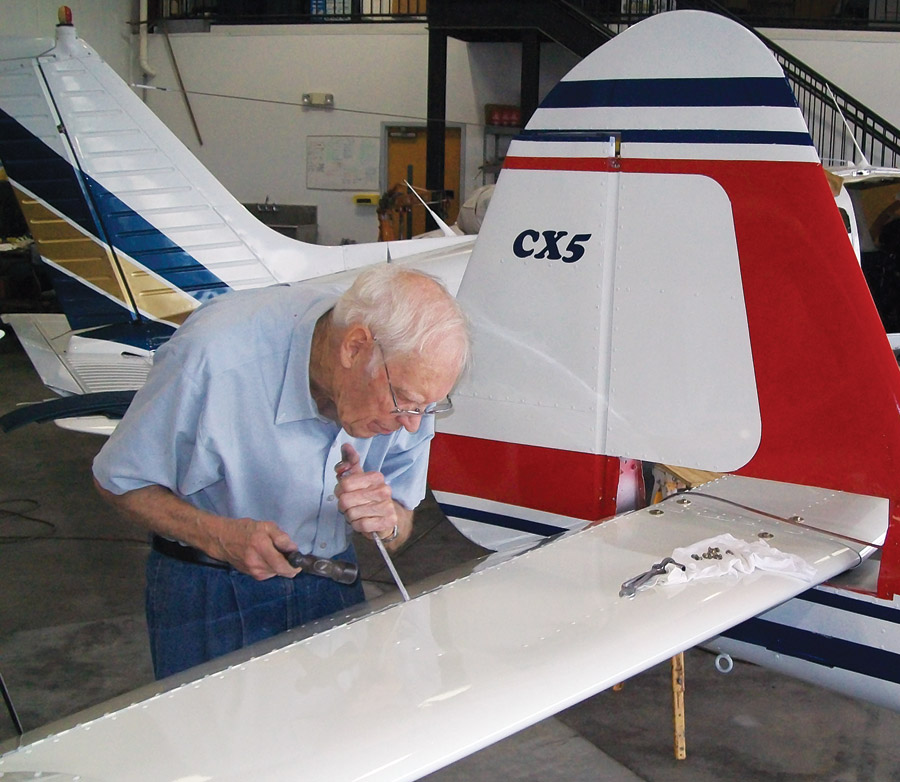
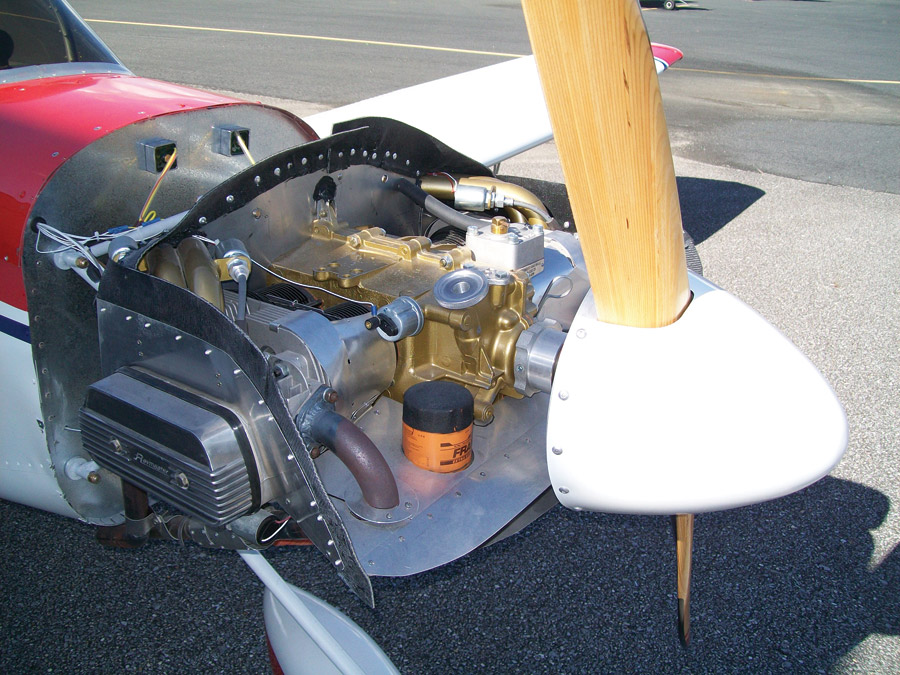


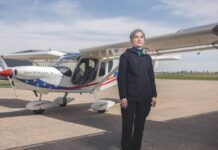
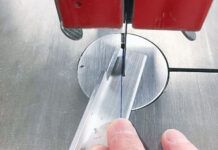

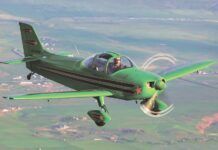
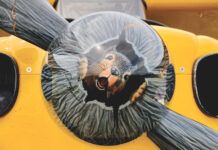
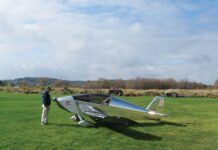
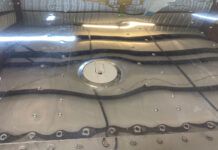
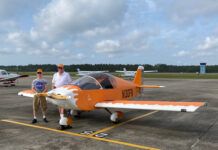
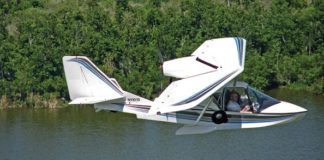

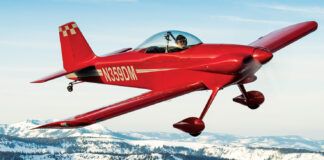
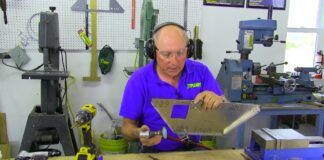
Very nice. I’ve always thought about building an aircraft, something I could call my own. This is a very likely possibility but need to find out much more information, sorry, but not a doubting Thomas just a want to have my facts right.
Beautiful aircraft, like the right up and the ease in building.
Thanks Ron.